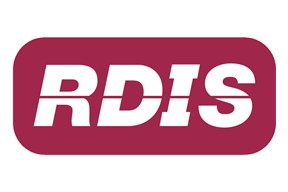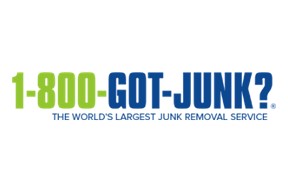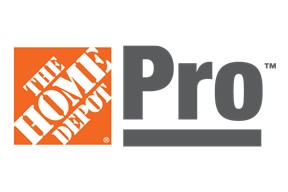 The gap in economic performance between the U.S. and overseas is widening, holding U.S. rates down. However, the data brings as many questions as answers for the economy.
The gap in economic performance between the U.S. and overseas is widening, holding U.S. rates down. However, the data brings as many questions as answers for the economy.
By historical comparison, the twin Institute for Supply Management (ISM) surveys rising in August to 59.0 (manufacturing), and 59.6 (services) have reached inflationary overheating. But this is 2014, not history, and the tidy cyclical patterns of the 50 years after WW II no longer apply. Yet some patterns must apply, especially this one: at some point of U.S. economic growth and shrinking pool of labor, wages must rise. Right? Nothing new might happen in a globalized world, like substitution of overseas labor. Right.
Long-term rates were poised to rise today on an August payroll report expected to surge since the ISMs did. But payrolls did not perform, rising only 142,000, a little more than half the forecast. The cyclical boys, wrong ever since 2009 (and longer) have dismissed the payroll report as an aberration. Could be.
But the aberrant sword cuts two ways: August wages jumped out of stagnation to a 3% annualized increase. So long as we’re in the land of “should be,” here is the Fed’s greatest fear: that the job market is already too tight, tight enough to drive wages up faster than gains in productivity, the certain prescription for inflation. Adding to that concern this week: an elaborate Fed staff study says that the decline in the workforce is structural, old folks and the low-skilled leaving for good, the labor pool not responsive to the higher wages in a good recovery (BTW: I don’t believe that conclusion for a second; better jobs and wages and citizen workers will come out of the US woodwork).
A dart-throw into middle-ground: the hot economic stats feel sugar high. Auto sales are running stronger than real absorption can support, now a 17.5-million-annual pace, fueled by trash lending and giveaway discounts and pulling future demand forward. The stock market is now an unsustainable propellant. Bank credit is roaring along at a 9.5% annual pace, sustainability unclear. And if everything is so rosy, why is housing not attending the cyclical party?
No question, the US economy is doing better, but low-slope. New question: what effect will a slowing outside world have on the US? The answer lies in a loopy game of rock-paper-scissors, trying to figure out which forces are stronger than others.
The most important element in US strength in the last few years: cheap energy, more responsible for the US manufacturing rebound than any other element, US business electricity one-third the cost in Germany. That’s a durable boost here, which will last so long as current extraction technology is economic at today’s energy prices.
The US economy is less dependent on exports than any. Slowing overseas appetite for our stuff thus does less harm to us than anywhere.
Weakness overseas is so deep, central banks in such extreme action that super-low yielding US bonds and MBS look like all-time cheap deals. Perversely — very — when the Fed finally does begin to tighten it may have to force up short-term rates more than it usually would versus US economic activity because market-driven long-term rates will stay down. (Or the unthinkable… the Fed will begin to sell its bond and mortgage backed security ( MBS) trove.
If you’re in trouble, as the outside world is, and heavily reliant on exports, as all of our overseas competitors are, you devalue your currency. The European Central Bank’s (ECB) tiptoe into QE this week will have as little (or less) effect than the Fed’s QE3. QE1 here at the end of 2008 was miraculous, knocking down long-term rates. Since then, both here and in Europe long-term rates are already dead low, QE ineffective — except to weaken currency. The euro dropped below $1.30 on the ECB news, and going lower.
Others will follow, must follow, including Japan and China. The effect is deflationary here, prices of imported goods falling, and the devaluers exporting their wage structure and unemployment along with the goods.
Overseas weakness will limit any inflation threat, and not abort US recovery. But our recovery still doesn’t amount to much. Watch wages and housing. True acceleration lies there.
The US 10-year T-note is in a ticklish spot. Double-bottom at 2.35%. Break 2.45% going up, and we could run mortgages rates up .25% or more. The ceasefire in Ukraine, no matter how thin has not helped. Click on the charts below to enlarge.
5s can’t fall — too closely tied to the Fed. 10s have been pulled down by overseas forces. This “flattening” is normally a precursor of a stalling economy — this time a false signal.
Inflation, the purpose of the exercise, is falling back below the Fed’s target. External devaluations pull lower.
As strong as these ISMs have been, no more so than the false dawn of 2009-2011.
Stare at this construction spending chart for a minute. These are nominal dollars on the vertical scale. In real dollars, all across the economy — residential, government, and commercial — construction spending is no higher than 20 years ago, and acceleration lies in the faith of the beholder.
[hs_form id=”4″]




























0 Comments